The deep rhythmic thud of the taiko drum, echoing across countless religious ceremonies down the centuries, is firmly rooted in spiritual practices transcending time and continent. The taiko, close analogs of drums found globally, is a dynamic influence on religious rites, on environment-space formation, on the engagement with the spiritual, and on the passing of symbols from one generation to the next.
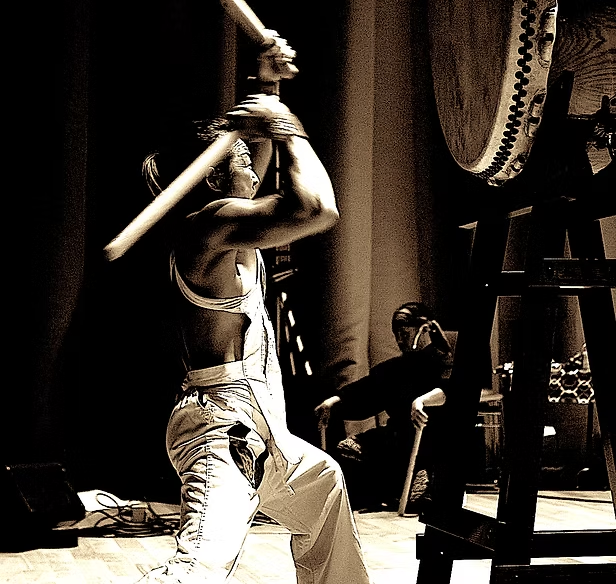
Historical Context
The Taiko has been used in Japan since ancient times and was introduced from China and Korea in the 6th and 7th centuries CE. The drums, used mainly in Buddhist rituals and Shinto ceremonies, were thought to represent power, a connection between the human and the divine and the heartbeat of life. Outside Japan, there are percussive traditions and instruments around the world that serve similar ceremonial purposes, such as West African djembe drums or Korean buk drums.
Atmosphere and Ritual or Atmospheric Circuits
Mood is very important in religious ceremonies to create a serious but interesting mood for believers during worship. This is complemented by the thunderous resonance of a Taiko drum. In Shintoism, for instance, taiko drumming is used to help cleanse the ritual space, and create an area in which divine spirits can interact with humans. It’s said that the deep throb of the beats is enough to scare away evil spirits, and the pooja offers spiritual protection to lovers of the Lord.
Taiko beats echoing the footsteps in Buddhist ceremonies Chanting and prayer helping to rise again the realization of Practicer’s mind and spirit. The sound of Taiko is believed to be used as a device to harmonize focused-atensionn, and a device to cultivate a collective mind.
And So On Event to help promote conversation about What God is Doing in and through the Church by inviting special speaker that would guide engagement.
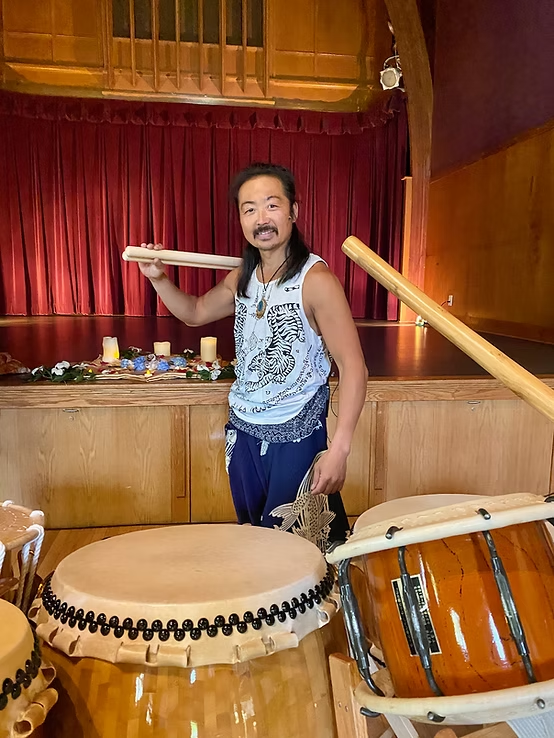
The cyclical rhythms of taiko drumming have a powerful effect upon the psychological and emotional states of the players, thereby enhancing spiritual connection while performing it as a ritual. With their heartbeats aligning to the rhythm of the music, the group puts themselves in a trance like state where they are open to spiritual revelations. It has been noted by ethnomusicologists, that uninterrupted rhythms can help induce worshippers to a trance-like state, which with their repetitive chanting and dancing is conducive to spiritual transcendence.
I think in Shinto festivals like matsuri, the dynamic sounds of taiko pump up the community and bring them together to share the joy! The interaction among actors and spectators arouses participation, rendering religious events universal and popular.
Belief and Cultural Identity in Transmission
Taiko drumming is incredibly important in the preservation of religious and cultural beliefs throughout the ages. Ritual drumming, which exists primarily as an oral and physical tradition, contains cultural memory and religious beliefs. Each rhythm has its symbolic significance, symbolic for historical events, seasons (in the annual life of a community), or divine stories, the axis of a religious teaching.
Children of the younger generation are taught ritual drumming during religious education, and are thus immersed in spiritual lessons through practice. This transmitted form is hands-on and perpetuates religious traditions in an authentic way, and holds the slippery priority of difference in place.

Every rhythm corresponds to particular kami (deities) or aspects of nature in Shinto, and thus serve to enjoin the human and the divine. In Buddhism, rhythms above the macro level are punctuated with “skeletal strokes and dots in time”, played at karaweik bird dance as well as at other Buddhist gatherings and meetings.
Cross-cultural Parallels
Religious rituals around the world have used percussive instruments in some form or another. Djembe drums are used in West African religion as well, to summon spirits, and to induce trances, used in the process of healing, and during psychotherapy work. In Native American spiritual culture, drums are the ThunderBeings'” heart, keeping synchrony of humanity with his mother, Father heaven and Mother Creation.
Several important traditions emphasis these commonalities of religious percussion: rhythm as a channel between the human and the divine, and the ability of rhythm to bring communities together around shared beliefs and religious experiences.
Modern Day Relevance and Revival
Revival and adaptation of taiko drumming in religious settings have taken place in contemporary society. Modern taiko groups, many of them both welcoming and diverse, “recast traditional rhythms to fit various spiritual requirements. Such a modern interpretation provides a way for traditional religious culture to stay fresh, especially in urban and diaspora settings.”
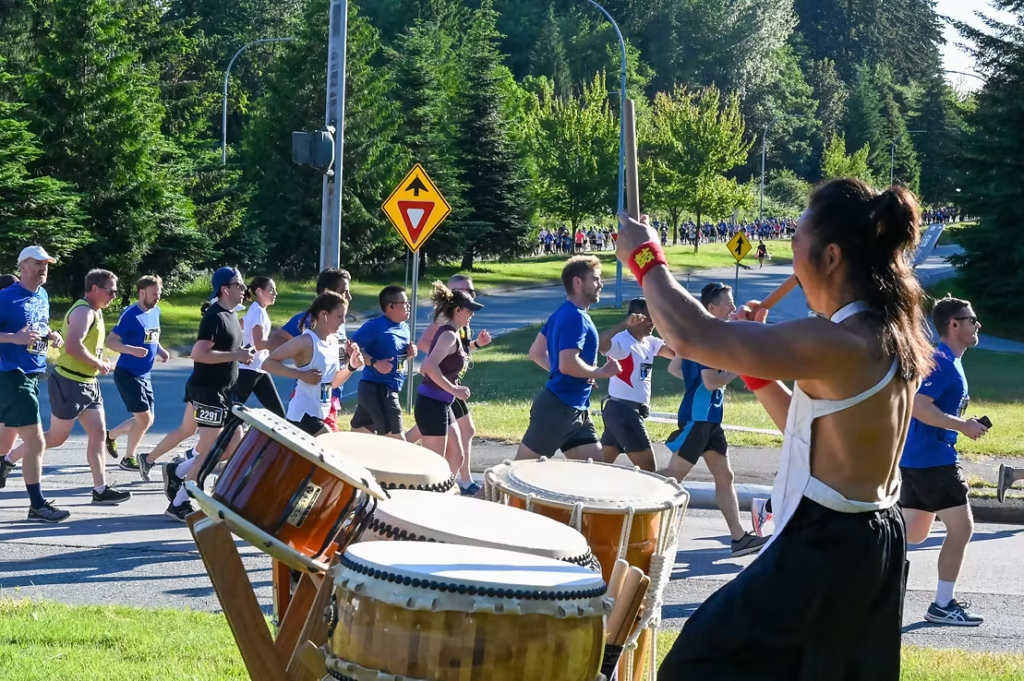
For example, the Japanese diaspora in the world use the taiko in performing arts, religious ceremonies and regional festivals to bring them closer to their roots. In addition, the worldwide interest in the performance art of taiko has generated increased religious interest in practices associated with it, providing new impetus for maintaining and revitalizing traditional rituals.
Case Studies: Japan and the Rest of the World
Japan Shinto and Buddhist CeremoniesGetProperty ofThe Folk-lore SocietyPlas Mawr, CarnarvonJapanSHINTO AND BUDDHIST CEREMONIES.*Summary.These are preceded by the various dances and festivals, which represent the more practical side of religious worship, and belong strictly to the people.]
In Shinto and other Japanese mythologies, the drum sometimes represents the world, and is also associated with thunder and the percussion of natural forces. In the Shinto Tsukushi shaman dance, men perform a dance with flutes and taiko drums to send the spirits of the dead towards the other world. The drum also appears in instances of suibikari (shamanic power of the drum) and in such Shinto uses as purification ceremonies (harae) where the taiko is associated with cleansing power. In more major shrines the rhythms of drums mark the beginning and end of a ceremony, and shape the ceremony in structural and spiritual terms. In Buddhist temples, taiko drums beat during morning and evening sutra chanting, helping monks and laypeople cultivate greater awareness.
Korea – Buk Drums in Shamanism
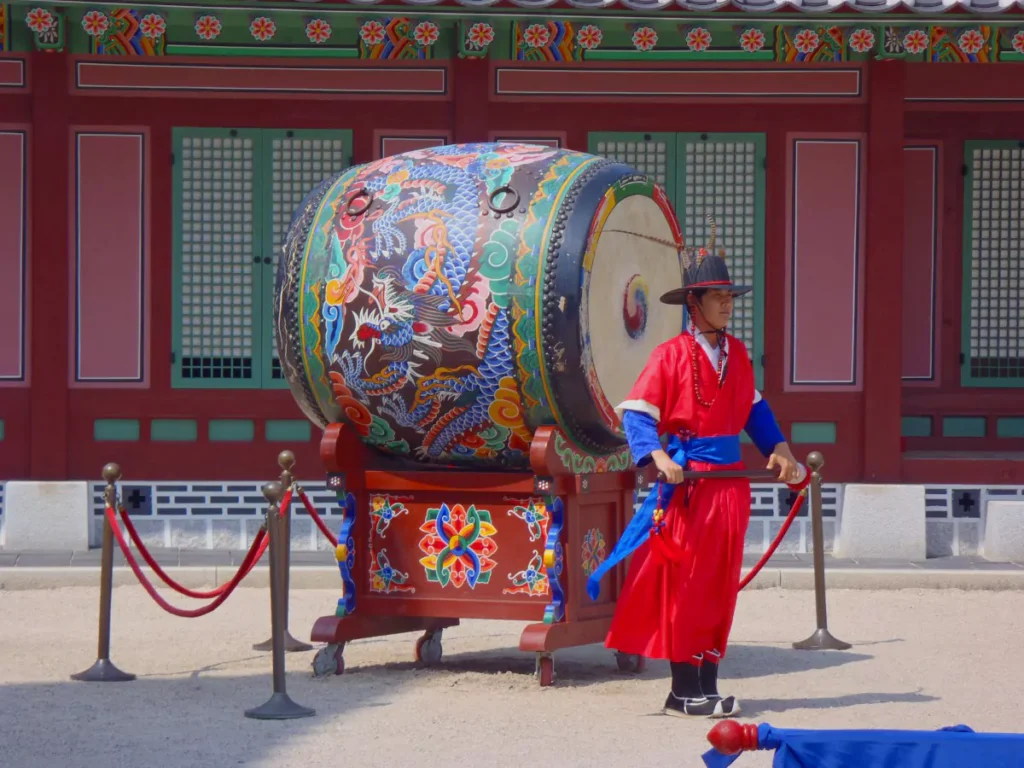
The Korean shamanic ritual, gut, frequently uses buk drums. Shamans pound drums to help them slip into trance where they communicate with ancestors or Gods. Such rites of passage address not just individual experience but communal healing, they help people work through conflict, which shows just how central drums are to spiritual mediation.
West Africa – Djembe among Animists
The Djembe drum is one of great importance, used in traditional West African animist ceremonies to ‘conjure’ their rhythms – rhythms for healing, divination, and communion with spirits. The patterns are complex and specific, attached to certain spirits or ancestral messages, emphasizing drums’ crucial role in spirituality.
Taiko and the Religious Experience
The experiential’intensive’side to taiko within religious ceremonies is no overstatement. Attendees frequently report feelings of oneness, spiritual connection, or transcendence inspired by the pattering rhythms of the taiko drums. Prayer and fasting is a ritual of family and community solidarity, spiritual prosperity, and faith preservation.
Even many of the taiko drummers themselves and their teachers spoke about spiritual satisfaction through rhythm and regarding drumming as meditating practice, if not a devotional one. The physical exertion of drumming, coupled with the exacting rhythm, allows deep spiritual experiences comparable to prayer or meditation.
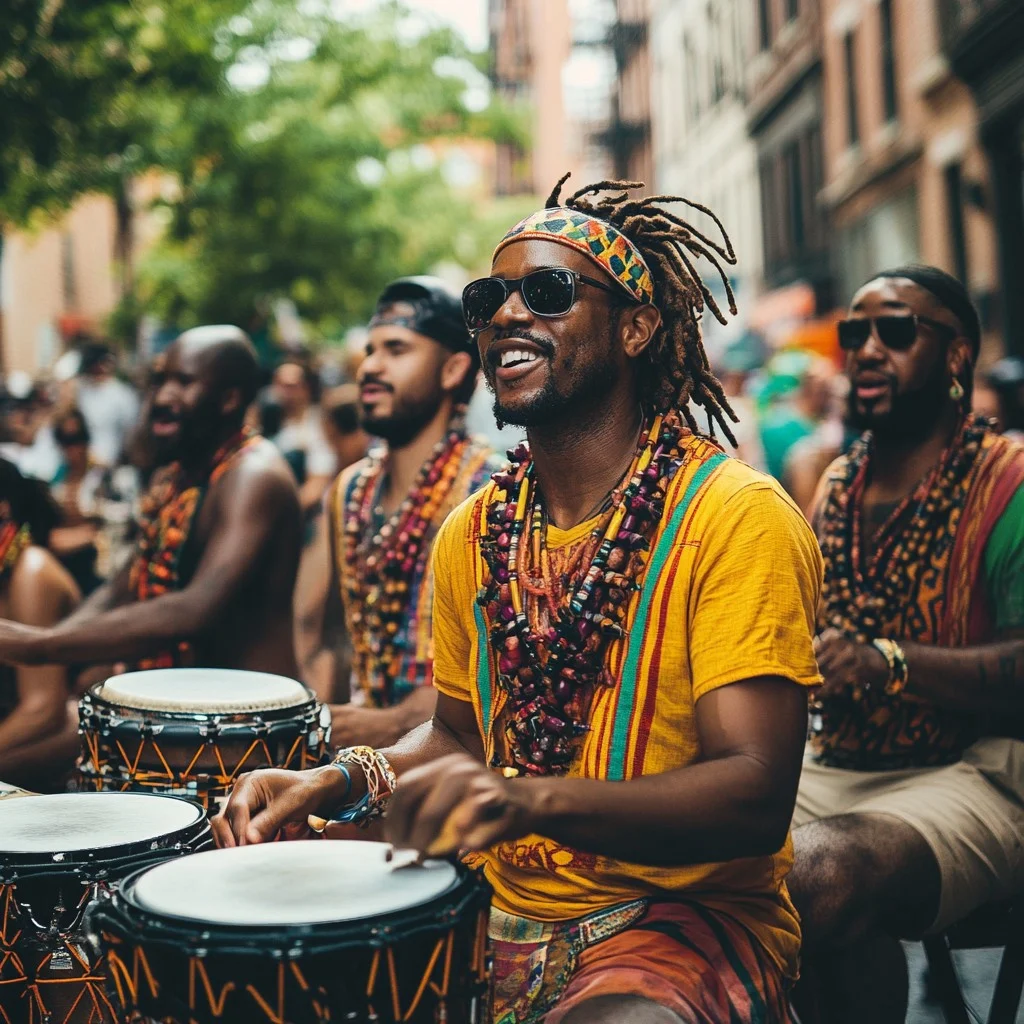
Problems and Conservation Actions
Although taiko enjoys an important standing, present-day challenges are commercialism and the erosion of spirit. As taiko performance goes globally, the art can become somewhat disassociated from its local religious background and there is the question of authenticity.
To counteract this trend, cultural preservation projects focus on traditional modes of instruction that situate practical drumming within spiritual and cultural realms. Workshops, festivals and school classes raise knowledge of taiko’s sacred roots to ensure respectful treatment and depiction.
Conclusion
Taiko, as integral part of these religious practices, are used in religious dances and processions, to dynamically express the spiritual mood and when done properly, to pass on religious/cultural spirits. These rhythmical patterns vibrate profoundly in human consciousness, serving to span life on earth and life in the spirit world. Cross-cultural correspondences validate a common perception about the role of percussion within the religious sense. Honor and preservation of taiko traditions are essential elements for maintaining their spiritual relevance within a modern and future context.



